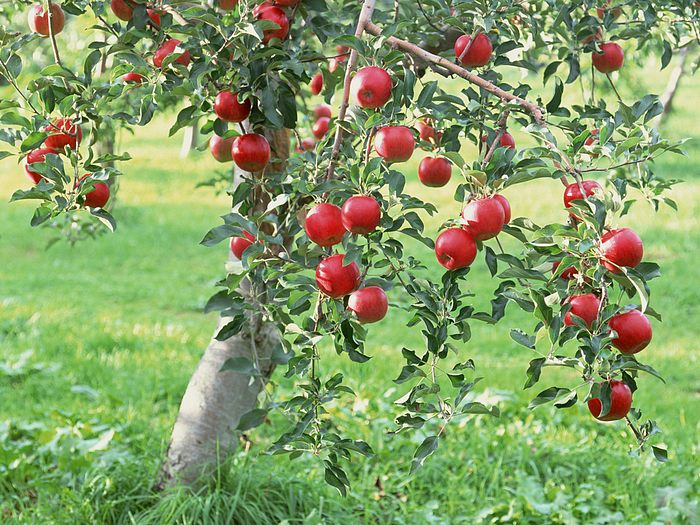In the past in Serbia, during the building of a house people performed many rituals designed to insure success of the building process and subsequent survival of the house and happiness of the house inhabitants.
W przeszłości w Serbii podczas budowy domu ludzie wykonywali wiele rytuałów mających zapewnić sukces procesu budowlanego, a następnie przetrwanie domu i szczęście mieszkańców domu.
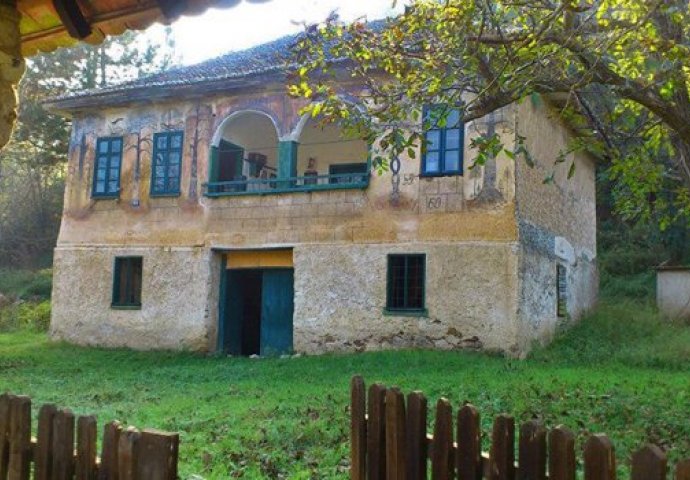
A place for a new house was chosen carefully. In Central Serbia, it was believed that the best place to build the house on was the one which a flock of sheep chose as it’s resting place.
Miejsce na nowy dom zostało starannie wybrane. W Centralnej Serbii wierzono, że najlepszym miejscem do budowy domu jest to, które stado owiec wybrało jako miejsce odpoczynku.

Before the new house was built, four rocks were placed on the ground where the house corners were supposed to stand in the evening. If in the morning bugs were found under the rocks, the house would stand in that place for a long time.
Zanim powstał nowy dom, cztery kamienie umieszczano na ziemi, tam gdzie później miały stanąć narożniki domu. Jeśli rano znaleziono robaka pod kamieniami, znaczyło to, że dom będzie stał w tym miejscu przez długi czas.
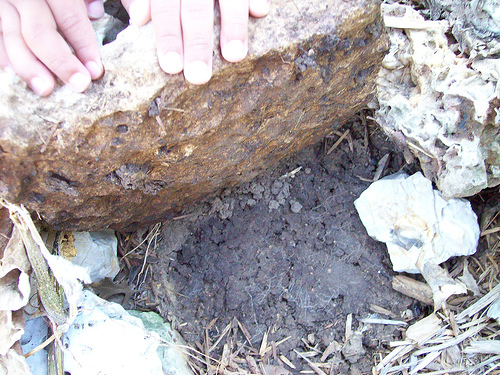
One more ritual performed to determine if the place for the house was chosen correctly involved placing a glass of water or wine in the middle of plot in the evening. If in the morning „something alive” was found drowned in the glass, the place was chosen correctly.
Kolejnym rytuałem przeprowadzonym w celu ustalenia, czy miejsce dla domu zostało wybrane poprawnie, było umieszczenie szklanki wody lub wina w środku działki wieczorem. Jeśli rano „coś żywego” znaleziono utopione w szklance, to miejsce zostało wybrane poprawnie.

Every new build required a blood sacrifice. Before the building started, a lamb or a cockerel was slaughtered on the foundation stone. The head of the animal was built into the wall, and the meat was roasted and eaten by the family and the workers.
Każda nowa budowla wymagała poświęcenia krwią. Przed rozpoczęciem budowy na kamieniu węgielnym czyniono ofiarę z jagnięcia lub koguta. Głowa zwierzęcia zostawała pod fundamentem jako zakładzina, a mięso pieczono i zjadano w rodzinie wraz z budującymi.

People avoided walking by a building site of a new house, because it was believed that the builders would build person’s shadow into the house walls, to create a protective house spirit. The owner of the shadow would then soon die and become the house spirit.
Ludzie unikali chodzenia po placu budowy nowego domu, ponieważ wierzono, że budowniczowie mogą wbudować przypadkiem cień osoby w ścianę domu, aby tym sposobem pojmać duszę na strażnik, czyli ducha ochronnego domu. Właściciel cienia wkrótce umrze i stanie się duchem domu.
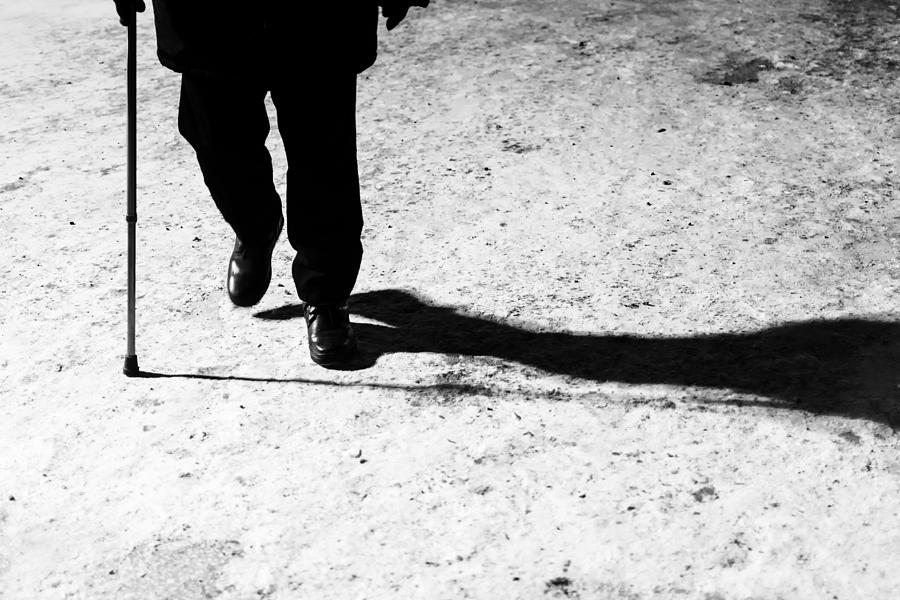
This is probably a remnant of the old custom to build people alive into the house walls or foundations. Serbian epic poetry is full of stories about this ritual which was used „when fairies would not allow a town, bridge, church…” to be built.
Jest to prawdopodobnie pozostałość po dawnym zwyczaju, kiedy czyniono zakładziny z ludzi. Serbska poezja epicka pełna jest opowieści o tym rytuale, który był używany „kiedy wróżby nie pozwalały na zbudowanie w danym miejscu grodu, domu, mostu, kościoła …”.
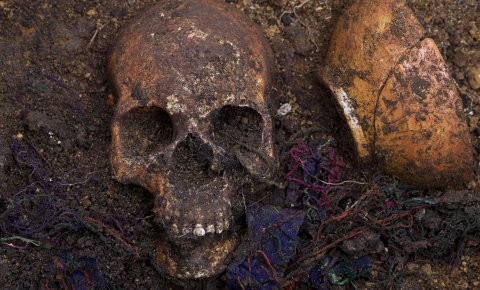
When the foundation was dug, a handful of grains, a few coins and a piece of frankincense were placed in each corner of the house, so that „the people in the house always had enough bread and money”. Frankincense protected the house from vampires.
Kiedy wykopano fundament, w każdym rogu domu umieszczono garść ziaren, kilka monet i kawałek kadzidła, aby „ludzie w domu mieli zawsze dość chleba i pieniędzy”. Aromatyczna żywica spalona jako kadzidło chroniła dom przed wampirami.
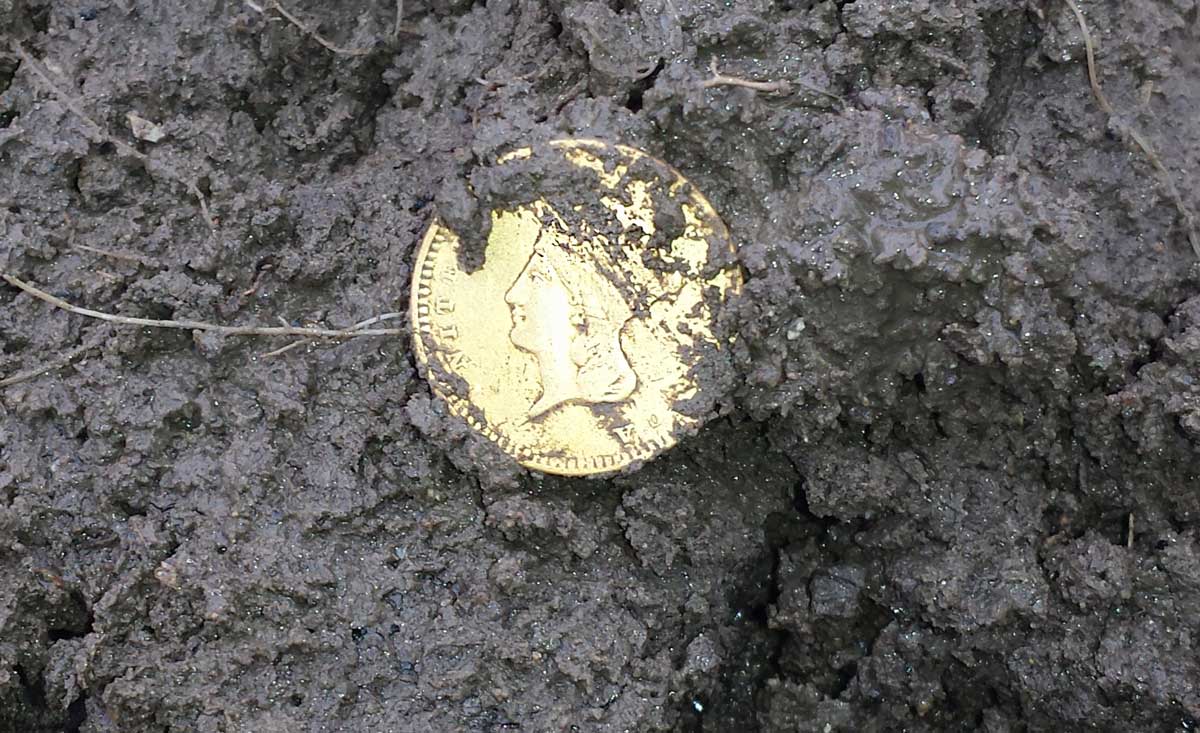
Moving into the new house was also full of special rituals.
It was believed that the best time to move into the new house was on the days of the full moon.
Przeprowadzka do nowego domu była także pełna specjalnych rytuałów.
Uważano, że najlepszy moment na przeprowadzkę do nowego domu miał miejsce w czasie pełni księżyca.

During the move, people made sure that a rooster was the first to cross the doorstep to drive the evils spirits out. He was then killed on the doorstep, his blood was sprinkled on the outside walls and his head was buried under the fireplace.
Podczas zasiedlania ludzie uważali żeby kogut pierwszy przekroczył próg, po to aby wypędzić złe duchy. Zabijano go na progu, jego krwią pryskano ściany z zewnątrz, a głowę zakopywano pod paleniskiem.
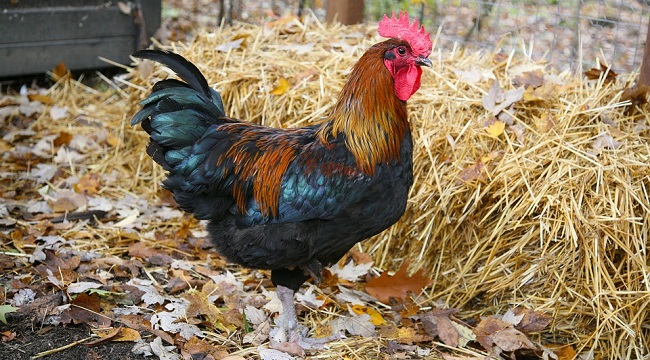
The fireplace was considered to be the heart of the house. If a family was moving from an old, still existing, house into a new house, a fire from the old fireplace had to be brought into the new fireplace, to ensure the continuation of the family.
Palenisko było uważane za serce domu. Jeśli rodzina przeniosła się ze starego, wciąż istniejącego, domu do nowego domu, żar ze starego pieca musiał zostać wniesiony do nowego pieca, aby zapewnić kontynuację rodziny.
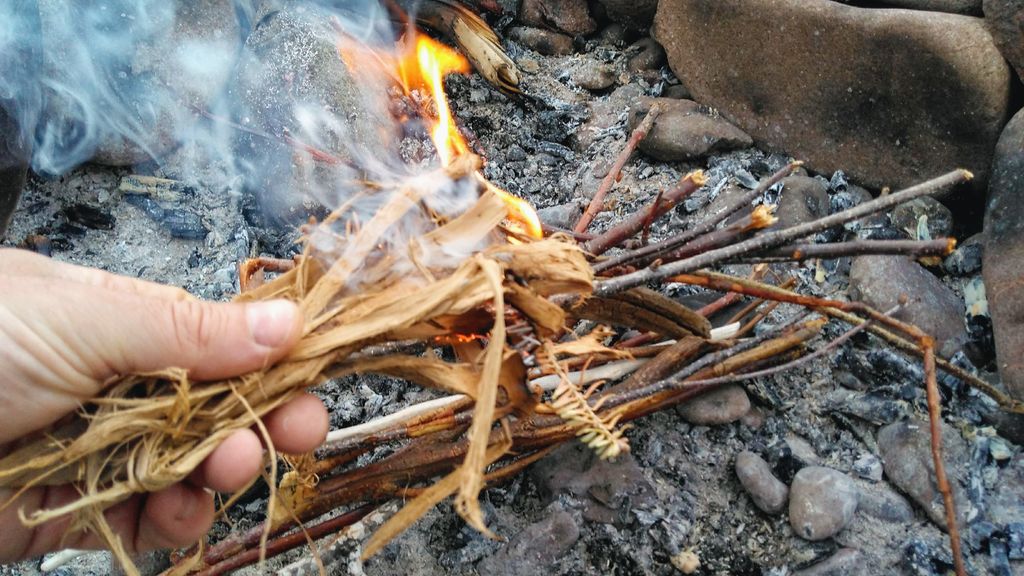
If it was not possible to bring the fire from the old house, a brand new „live” fire (need fire) had to be kindled „in the old way”, by „rubbing wood on wood”, using fire drill or fire saw. These kind of fires were believed to have magical properties.
Jeśli nie można było sprowadzić ognia ze starego domu, zupełnie nowy „żywy” ogień musiał zostać rozpalony „w starym stylu”, przez „pocieranie drewna o drewno”, za pomocą wiertła lub piły ogniowej. Uważano, że te rodzaje żaru mają magiczne właściwości.
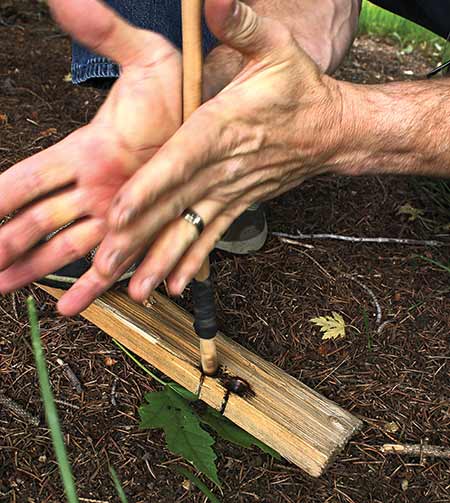
After the fire was lit, bread and salt, traditional welcome offerings, are the next things brought into the house. The members of the family break the bread and eat it dipped in salt. After that all the other things are brought in.
Po zapaleniu ognia, chleb i sól, tradycyjne powitalne dary, są kolejnymi rzeczami wniesionymi do domu. Członkowie rodziny łamią chleb, zanurzają w soli i jedzą. Potem wprowadzane są wszystkie inne rzeczy.
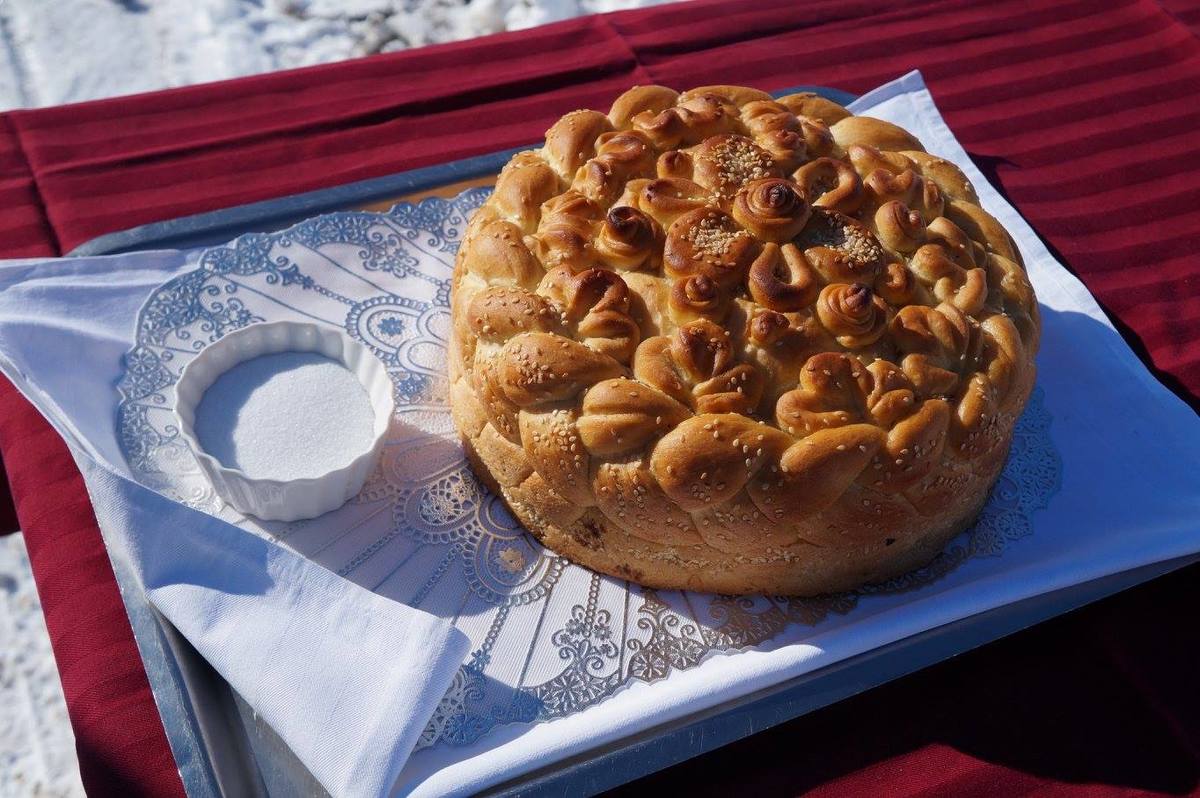
The last thing the family needed to do to „put roots down” in the new house was to plant a fruit tree next to the house, which had to be done by the man of the house not later than one year after the family moved in.
Ostatnią rzeczą, którą rodzina musiała zrobić, aby „zapuścić korzenie” w nowym domu, było posadzenie drzewa owocowego obok domu, co musiał zrobić mężczyzna, głowa rodziny nie później niż rok po przeprowadzce.
